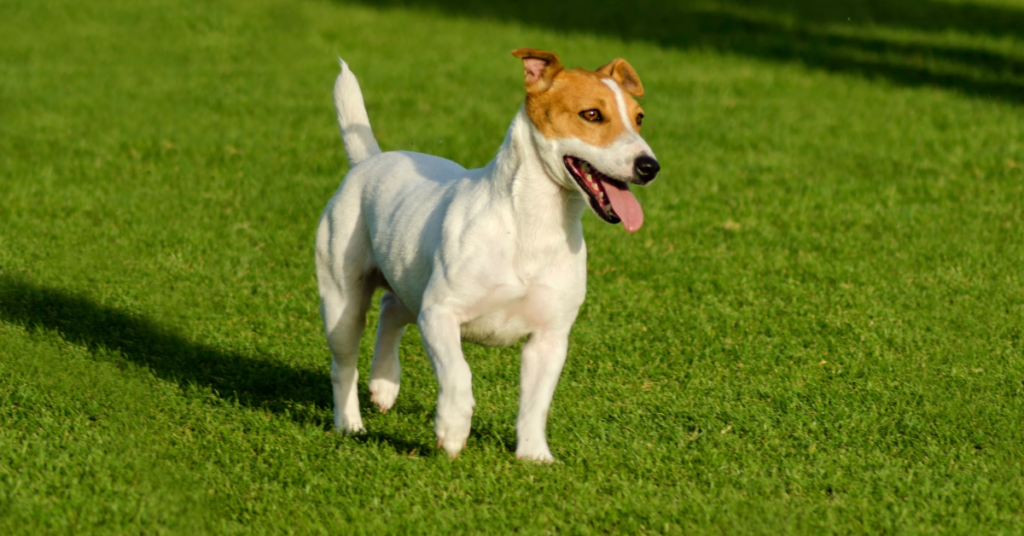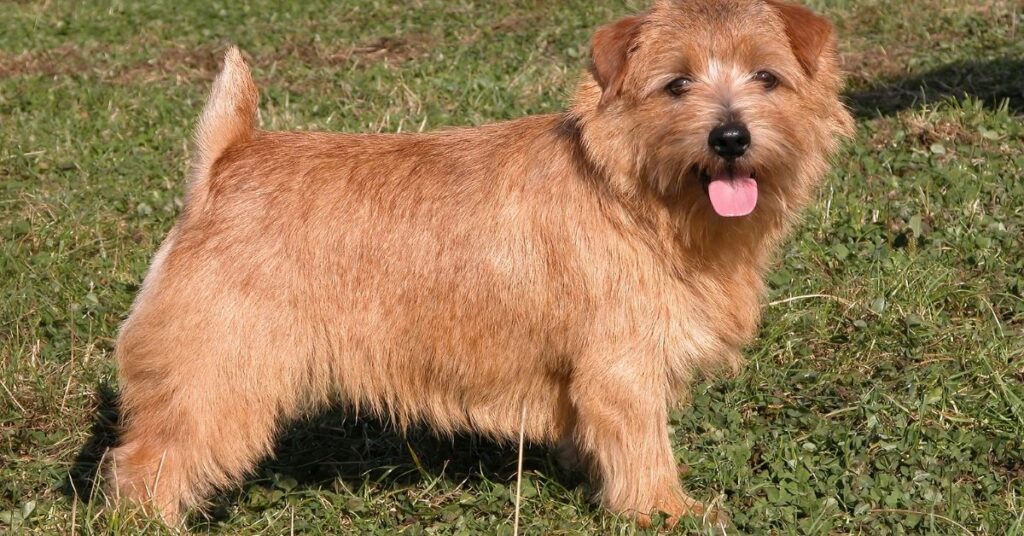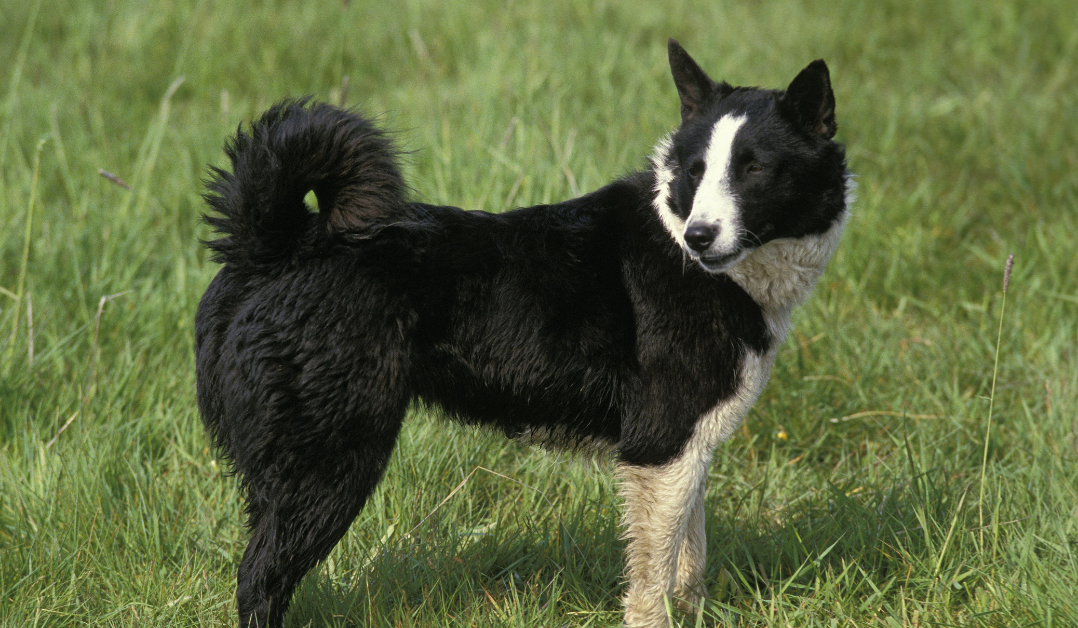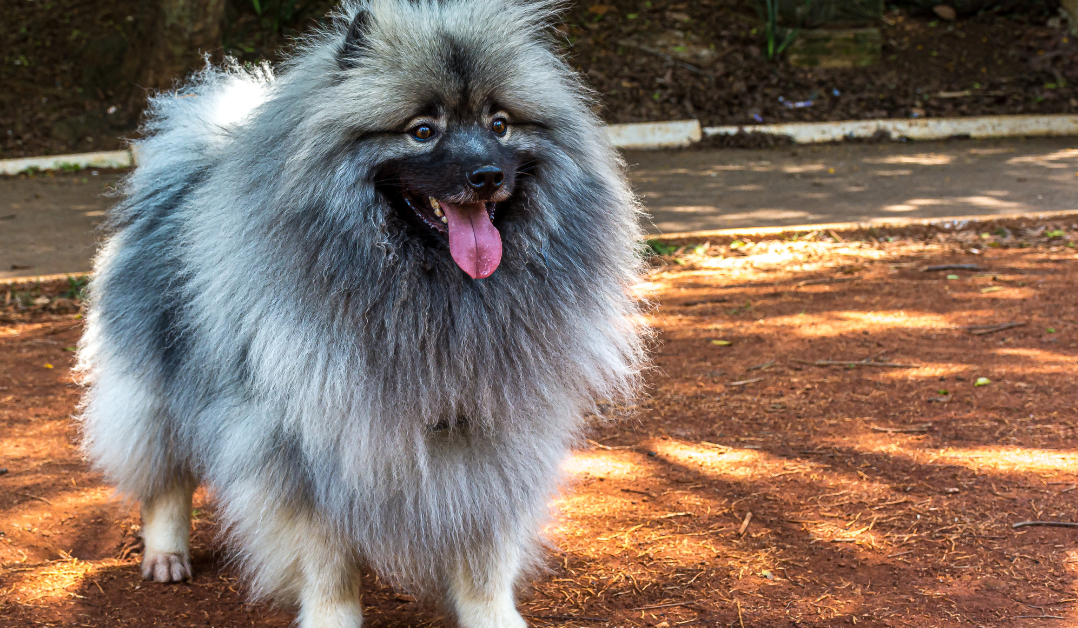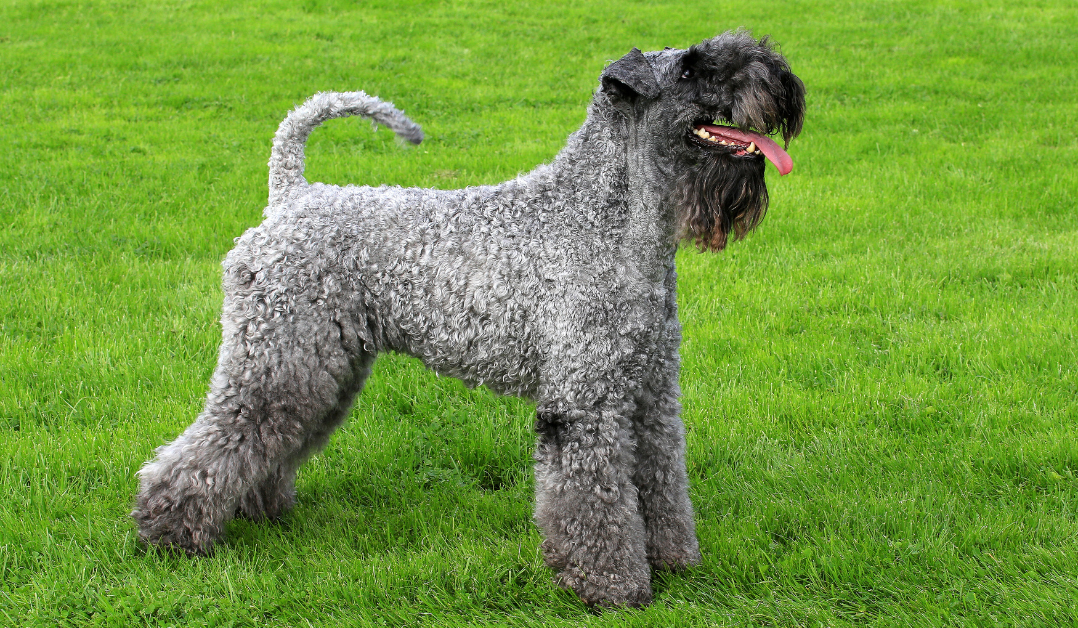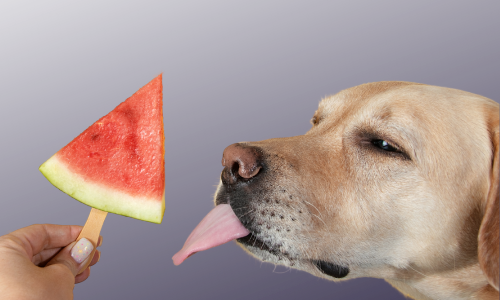The Russell Terrier, Jack Russell Terrier, and Parson Russell Terrier are three closely related breeds that share a common ancestry and similar traits. Each of these terriers was developed for different purposes, and while they look similar, there are key differences in their history, appearance, and personality. This comprehensive guide will explore the distinctions and commonalities between these energetic and spirited breeds.
*Disclaimer: This Post May Contain Affiliate Links. This Means That I Receive A Small Commission At No Extra Cost To You Should You Click Through And Make A Purchase. Learn More On My Policy Page
Breed Characteristics
Russell Terrier:
- Breed Category: Terrier Group (AKC: Foundation Stock Service)
- Size: Small
- Coat Length: Smooth, rough, or broken
- Shedding: Moderate
- Hypoallergenic: No
- Grooming Requirements: Low; regular brushing needed
- Life Span: 12-14 years
- Activity Level: High
- Temperament/Personality: Fearless, energetic, confident
- Intelligence: High
- Trainability: Moderate; requires consistency
- Space Requirement: Small; adaptable to apartments with enough exercise
- Compatibility with Children & Other Pets: Good with children, may chase small pets
- Health Issues: Patellar luxation, eye disorders
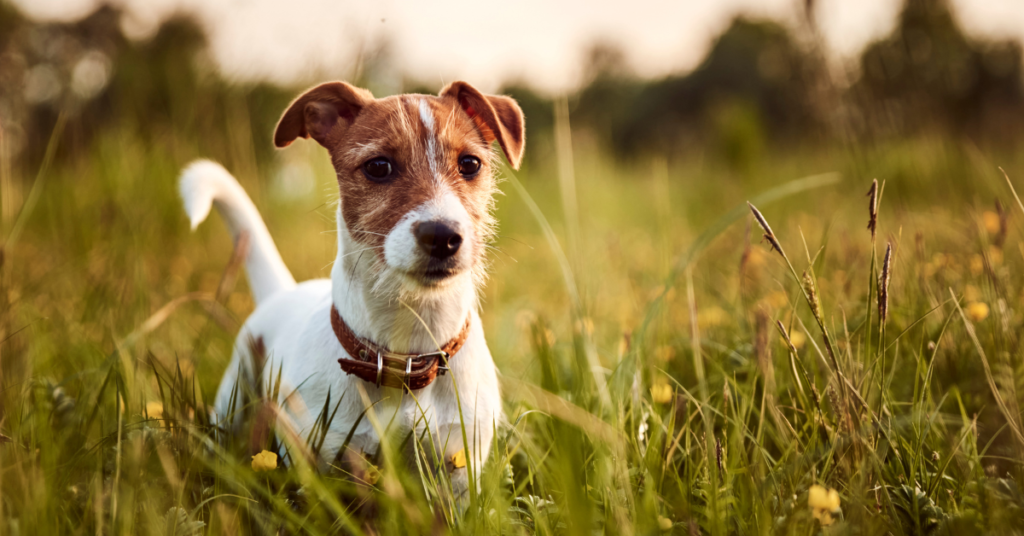
Jack Russell Terrier:
- Breed Category: Terrier Group
- Size: Small
- Coat Length: Smooth, rough, or broken
- Shedding: Moderate
- Hypoallergenic: No
- Grooming Requirements: Low; regular brushing needed
- Life Span: 13-16 years
- Activity Level: High
- Temperament/Personality: Energetic, playful, fearless
- Intelligence: High
- Trainability: Moderate to high; needs firm handling
- Space Requirement: Small; best in homes with access to outdoor space
- Compatibility with Children & Other Pets: Great with children, may not do well with smaller pets
- Health Issues: Patellar luxation, deafness, eye conditions

Parson Russell Terrier:
- Breed Category: Terrier Group
- Size: Small to medium
- Coat Length: Smooth or broken
- Shedding: Moderate
- Hypoallergenic: No
- Grooming Requirements: Low; regular brushing needed
- Life Span: 13-15 years
- Activity Level: High
- Temperament/Personality: Lively, intelligent, courageous
- Intelligence: High
- Trainability: High; responds well to structured training
- Space Requirement: Medium; best in homes with yards
- Compatibility with Children & Other Pets: Good with children, may chase small pets
- Health Issues: Patellar luxation, deafness, eye conditions

Origin and History
Russell Terrier:
The Russell Terrier traces its origins to the working terriers of 19th-century England. Named after Reverend John Russell, who was an avid fox hunter, this breed was developed to work as a hunting dog, specifically for flushing foxes out of their dens. The Russell Terrier was bred to have a shorter leg and more compact body, making it adept at going underground after quarry. This version of the breed is particularly popular in Australia, where it was refined further for work in harsh terrains.
Jack Russell Terrier:
The Jack Russell Terrier shares a similar origin to the Russell Terrier, as both breeds were initially developed by Reverend John Russell. The Jack Russell Terrier was bred to be a versatile hunting dog, known for its boundless energy, intelligence, and tenacity. Over time, this breed became a favorite of hunters and farmers for its ability to control vermin and work tirelessly in the field. Its compact size and fearless nature made it well-suited for both small game hunting and as a loyal family companion.
Parson Russell Terrier:
The Parson Russell Terrier is another descendant of Reverend John Russell’s hunting terriers, but this breed was developed with more specific conformation standards. The Parson Russell Terrier was bred to have longer legs and a more square-shaped body than its counterparts, allowing it to excel in chasing and working above ground. The Parson Russell Terrier was recognized by the American Kennel Club (AKC) as a distinct breed in 1997, highlighting the subtle but important differences in structure and purpose from the Jack Russell Terrier.
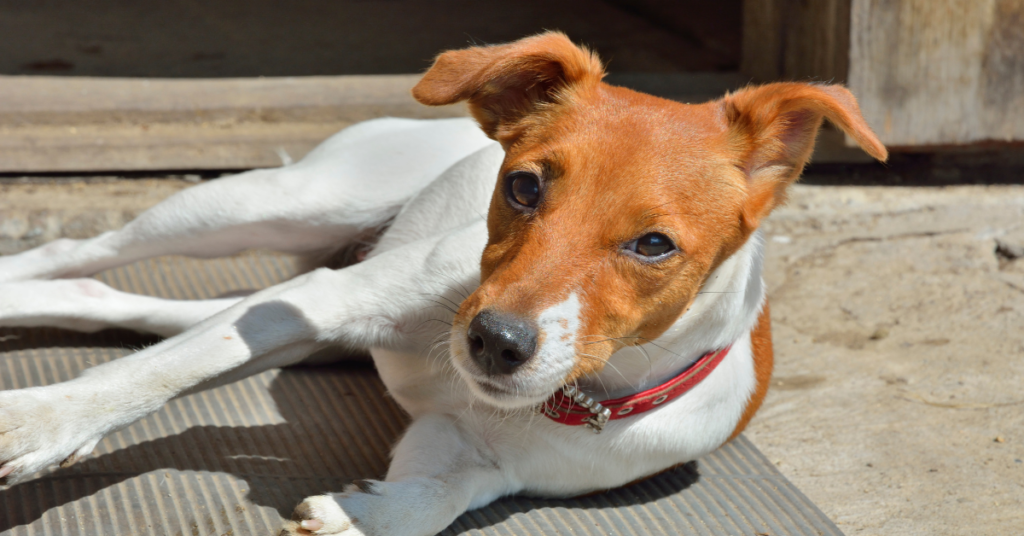
Appearance and Physical Characteristics
Russell Terrier:
Russell Terriers are small and compact, standing about 10 to 12 inches tall at the shoulder and weighing between 9 to 15 pounds. They have short legs, a sturdy body, and a broad chest. Their coat can be smooth, rough, or broken (a combination of both textures), and common colors include white with black or tan markings. Their small, muscular frame gives them an agile appearance, making them well-suited for working in tight spaces underground.
Jack Russell Terrier:
Jack Russell Terriers are similar in size to Russell Terriers, typically standing 10 to 15 inches tall and weighing 13 to 17 pounds. They are slightly more balanced in proportion, with a strong, athletic build. Like the Russell Terrier, their coat can be smooth, rough, or broken, and the coloration is predominantly white with black, tan, or a combination of both markings. The Jack Russell Terrier’s appearance reflects its working dog origins—strong, agile, and built for endurance.
Parson Russell Terrier:
Parson Russell Terriers are taller and more leggy than both Russell and Jack Russell Terriers, standing 12 to 15 inches tall at the shoulder and weighing between 13 to 17 pounds. They have a more rectangular body shape, with a square-like outline when viewed from the side. Their coat, like the other Russell breeds, can be smooth or broken, and is usually white with black, tan, or tricolor markings. The longer legs of the Parson Russell Terrier give them an elegant yet rugged appearance, suited for chasing prey over varied terrain.
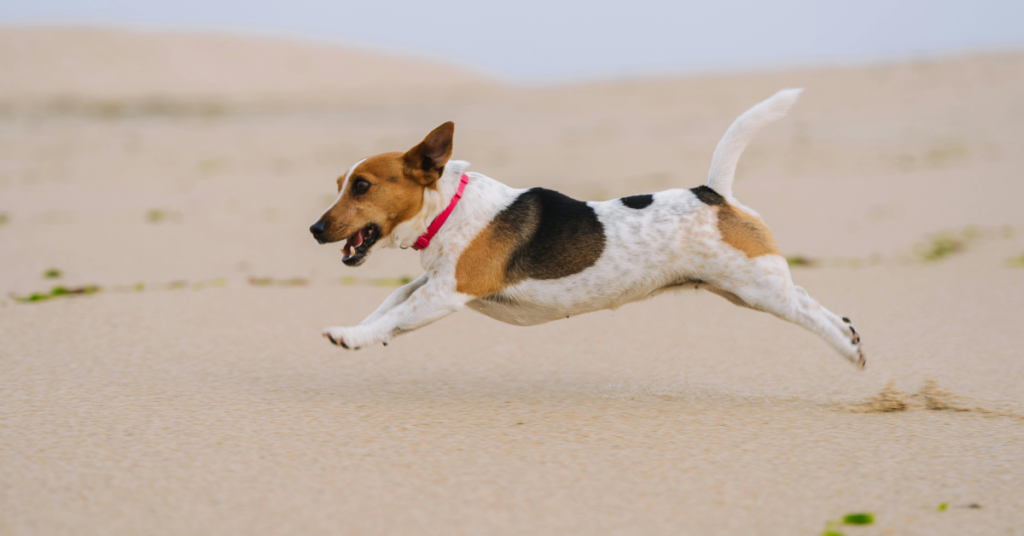
Temperament and Personality
All three Russell breeds share similar temperaments. They are lively, intelligent, and independent dogs with a strong prey drive. These breeds are known for their energy and enthusiasm for life, which can sometimes translate into mischievous or stubborn behavior. They require strong leadership and consistent training to channel their energy in a positive direction.
Russell Terrier:
The Russell Terrier is fearless, energetic, and highly driven. They are affectionate with their family but can be wary of strangers due to their natural instincts as watchdogs. They need plenty of mental and physical stimulation to prevent boredom and destructive behavior.
Jack Russell Terrier:
The Jack Russell Terrier is perhaps the most spirited of the three. They are known for their boundless energy and determination. Jack Russells love to play and work, thriving in environments where they have a job to do. They are excellent at problem-solving and are happiest when given plenty of opportunities to use their brain.
Parson Russell Terrier:
The Parson Russell Terrier is equally energetic but tends to have a slightly more focused temperament. Due to their hunting background, they are often more independent than their close relatives but are still highly affectionate with their families. Parson Russells are driven, alert, and always ready for adventure.
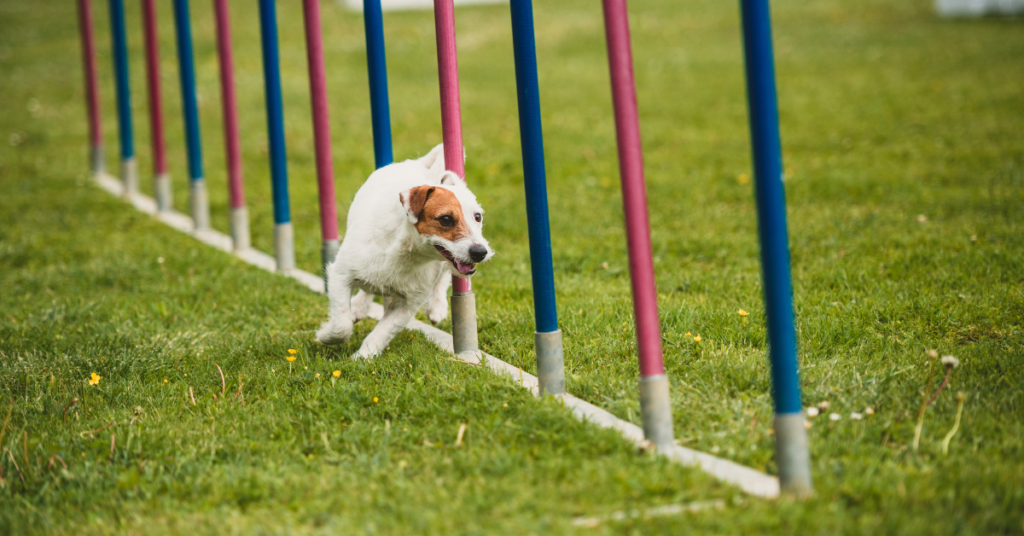
Intelligence and Trainability
All three breeds are highly intelligent and quick learners, but they also have a strong independent streak that can make training challenging for inexperienced owners. Their intelligence, combined with their energetic nature, means they need clear boundaries and consistent training from an early age.
Russell Terrier:
The Russell Terrier responds well to positive reinforcement training, but it can be stubborn. Early socialization and training are crucial to help manage their strong prey drive and prevent behavioral issues.
Jack Russell Terrier:
Jack Russell Terriers are known for their cleverness and ability to learn tricks and commands quickly. However, their high energy and distractibility mean they require patient and firm training. They do best with owners who understand their need for constant stimulation and are prepared to provide plenty of exercise and mental challenges.
Parson Russell Terrier:
The Parson Russell Terrier is intelligent and eager to please, making them slightly easier to train than the other two breeds. They thrive on structure and routine, and positive reinforcement methods work best with this breed. Like their relatives, Parson Russells benefit from early training and socialization.
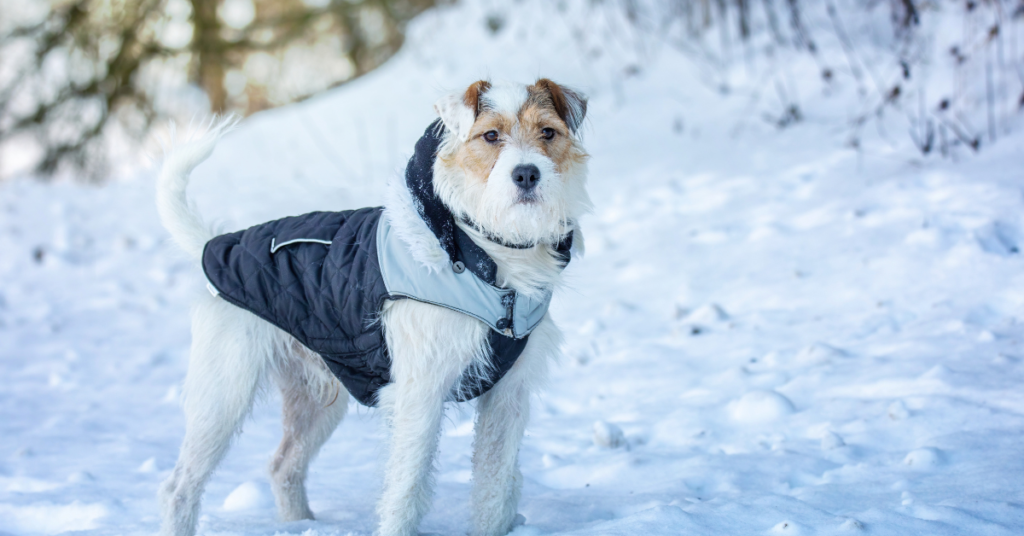
Compatibility with Children & Pets
All three Russell breeds can be great companions for active families, but their high energy levels and natural hunting instincts need to be considered when introducing them to children or other pets.
Russell Terrier:
Russell Terriers are generally good with children if raised with them, but their lively and sometimes boisterous nature can be overwhelming for very young kids. Supervision is recommended to ensure interactions are positive. Russell Terriers may not do well with smaller pets like cats or rodents due to their strong prey drive.
Jack Russell Terrier:
Jack Russell Terriers are known for being affectionate with children, but they can be overly excitable and rough at times. Their high energy makes them better suited to families with older children who can engage in play and outdoor activities. As with the Russell Terrier, Jack Russells may see smaller animals as prey, so careful introductions are necessary.
Parson Russell Terrier:
The Parson Russell Terrier tends to get along well with children, especially when raised in a family setting. However, their energetic nature means they need supervision around younger children. They may tolerate other pets better than the other Russell breeds, but their strong prey drive still makes careful introductions essential.
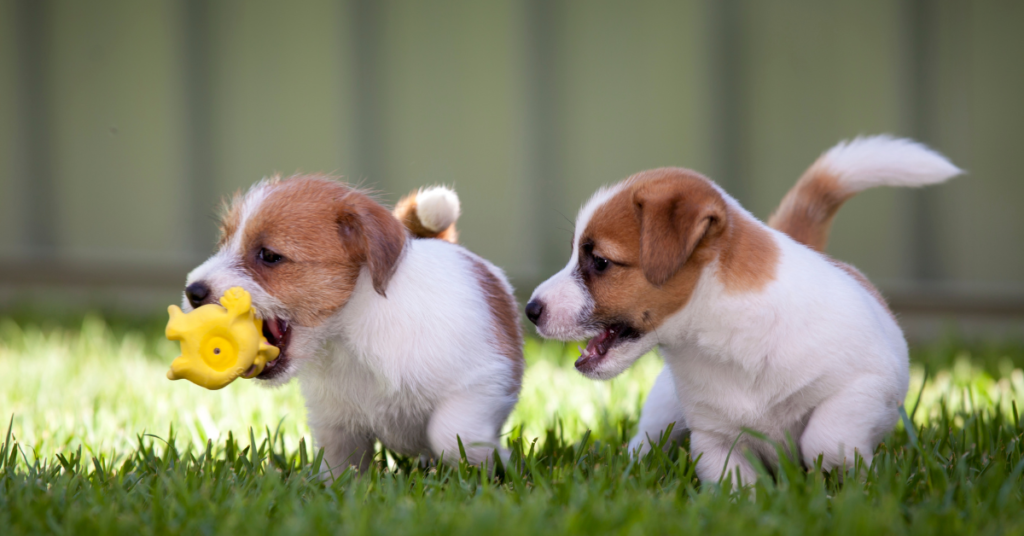
Health and Nutrition
The Russell Terrier, Jack Russell Terrier, and Parson Russell Terrier are generally healthy breeds with few major health concerns. However, they can be prone to some inherited conditions such as patellar luxation, deafness, and eye disorders like cataracts. Regular veterinary check-ups, a balanced diet, and exercise are essential to maintain their health.
Exercise and Activity Level
All three breeds require substantial exercise and mental stimulation. A daily routine that includes long walks, playtime, and engaging activities like puzzle toys or agility training will help keep them happy and prevent destructive behavior.

Grooming Needs
These terriers are relatively low-maintenance when it comes to grooming. Regular brushing is recommended to keep their coats healthy and to reduce shedding. Their ears should be checked regularly for signs of infection, and their nails should be trimmed as needed.
Training and Socialization
Early training and socialization are crucial for all three Russell breeds. Exposure to various people, animals, and environments helps them develop into well-rounded adults. Consistent training helps establish a bond between the dog and its owner and ensures that the breed’s natural tendencies are kept in check.
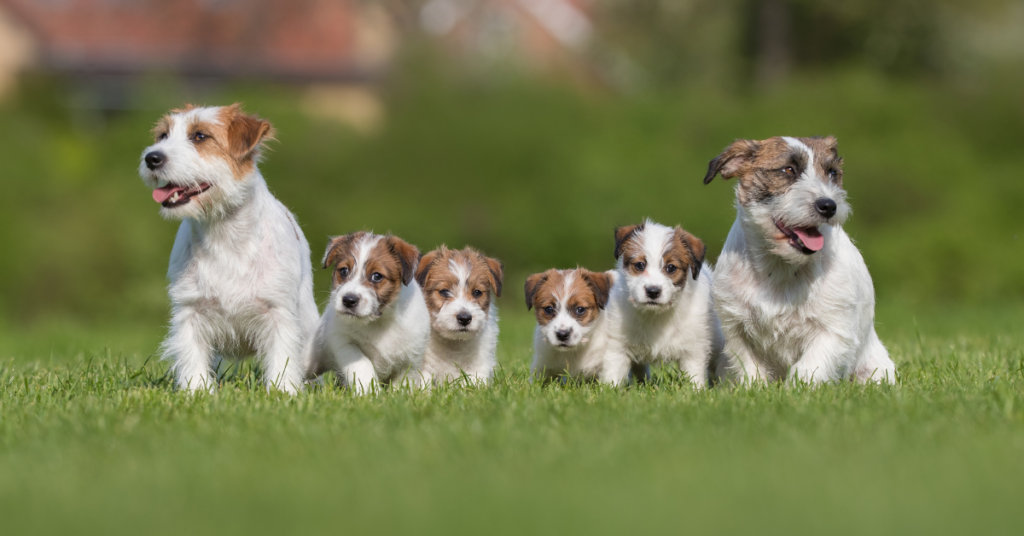
Famous Russell Terriers
Russell Terriers and their relatives have made several appearances in popular culture:
- Eddie from “Frasier” (Moose and Enzo): One of the most famous Jack Russell Terriers, Eddie, was portrayed by two different dogs, Moose and his son Enzo, in the popular TV show Frasier.
- Uggie from “The Artist”: Uggie, a talented Jack Russell Terrier, gained fame for his role in the Oscar-winning film The Artist. His performance earned him widespread acclaim and he became a favorite at award shows.
- Wishbone: Another famous Jack Russell Terrier, Wishbone, was the star of the children’s television series of the same name, where the dog would imagine himself as characters from classic literature.
These famous dogs helped bring more attention to the terrier breeds, showcasing their intelligence, trainability, and charm.
Conclusion
The Russell Terrier, Jack Russell Terrier, and Parson Russell Terrier are all lively, intelligent, and loyal companions. Their shared history as working dogs means they are energetic and thrive in active households. With proper training, socialization, and care, each of these breeds can make a wonderful addition to a family, provided their need for exercise and stimulation is met.


